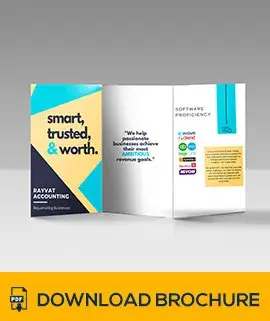With the correct direction, negotiating the complexities of QuickBooks Desktop to precisely map 1099 accounts may be easy. We will divide the procedure into simple, easy-to-follow phases in this extensive tutorial so that consumers wishing to simplify their 1099 accounting can have a perfect experience.
Step 1: Accessing Your QuickBooks Desktop
Starting on your PC, open QuickBooks Desktop. Make sure you have the required rights to alter your account settings and are logged in using the correct credentials.
Step 2: Locating the "Chart of Accounts"
Once inside QuickBooks Desktop, find and click on the "Lists" option. Looking from the drop-down choices, choose "Chart of Accounts." This offers a complete picture by including the list of every one of your accounts.
Step 3: Identifying 1099 Accounts
To find those fit for 1099 reporting, go across the accounts shown in the "Chart of Accounts". Usually related with payments made to contractors or freelancers, they are income records. For your reference in the future phases, note the account names.
Step 4: Editing Account Details
To get view the information of the ten thousand recognized 1099 accounts one by one click here. To change the account details, start on the "Edit" menu and choose "Account". Make sure "Track payments for 1099" has the checked mark. This important step marks the consideration of payments made from this account for 1099 reporting.
Step 5: Verifying Vendor Information
Cross-verify that the suppliers connected to the 1099 accounts have the right tax identification information to ensure proper mapping. This covers the vendor's name, address, and tax identification number. Correct data guarantees IRS compliance.
Step 6: Running 1099 Reports
It's wise to conduct 1099 reports inside QuickBooks Desktop after mapping the 1099 accounts. This guarantees that all relevant transactions show up on your 1099 reporting and lets you check the payments you made to suppliers.
Step 7: Final Checks and Balances
Review your work twice before calling the procedure finished. Verify vendor data accuracy and ensure all relevant accounts are suitably mapped. This last stage serves as a preventative tool, therefore reducing the possibility of mistakes in your 1099 reporting.
Conclusion
Maintaining 1099 accounts in QuickBooks Desktop is not a difficult chore. Following these detailed directions will help you quickly arrange your accounts, therefore guaranteeing correctness and compliance in your 1099 reporting. Recall that accuracy of information is important; QuickBooks Desktop offers the tools to streamline difficult financial procedures.
Ready to streamline your finances and take control of your business? Contact us today. Our team of QuickBooks experts lets us handle your bookkeeping and accounting needs with precision and expertise. Don't wait; take the first step towards financial clarity and success – reach out to us now!


